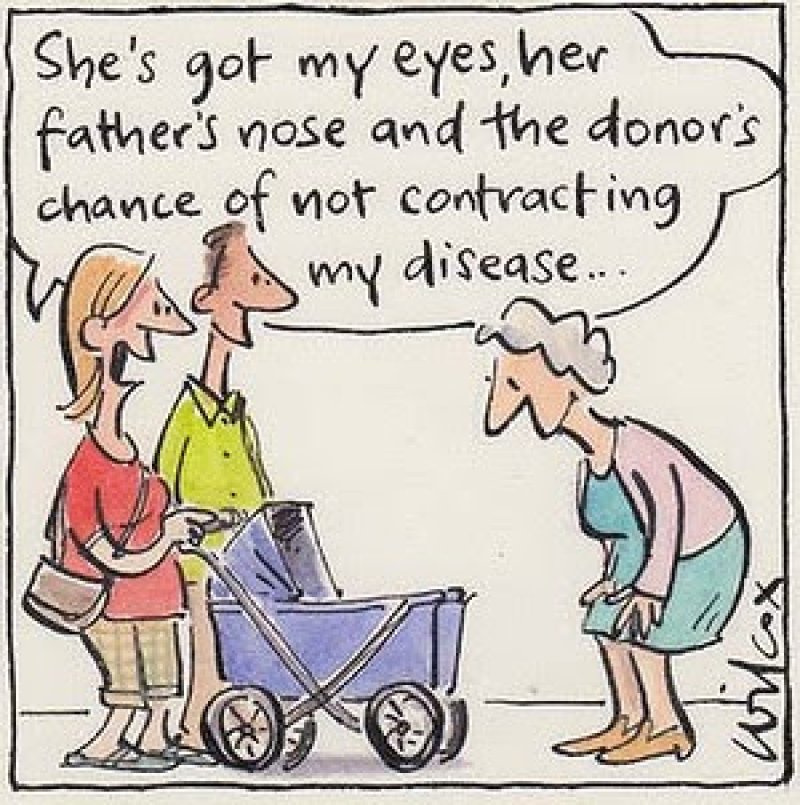If you have been following the debate about whether to allow the new IVF technique of mitochondrial donation, which was approved by a thumping Commons majority on Tuesday, you will probably recognise the slight, bespectacled figure of Prof Doug Turnbull. The Newcastle University doctor who leads the team developing the technology has been a constant media presence, offering understated, accessible and compelling explanations of why it is necessary and why it is safe enough to offer to patients.
Turnbull is these days an accomplished media performer, whose advocacy and public engagement has been critical to building a winning coalition of support for mitochondrial donation. Yet it was not ever thus. The Doug Turnbull you saw this week is the result of a long journey – one that many more scientists will need to take if their research is to find a better reception among the public and the media.
I first interviewed Turnbull in 2005, when I was science correspondent at The Times, and he had won the UK’s first licence to create embryos with donated mitochondria – the miniature energy-producing elements within cells. The scientist I spoke to then had all the compassion he exudes today, but he was not what anybody would call a natural communicator.
He was extremely wary of journalists and reticent with information. He was excessively anxious about being misrepresented (not without reason), and reluctant to talk to any reporter who had not already won his trust. He did not come across well on television or speaking in public: he was obviously nervous and used language too complicated for a general audience. It was also evident that he hated the limelight, and would much rather be helping his patients and leading his lab without the world’s attention. As one press officer who worked with him closely recalls: “He kept saying he wanted to go on holiday and hide.”
Read full original article: Three-person embryos: how the mitochondrial donation battle was won































